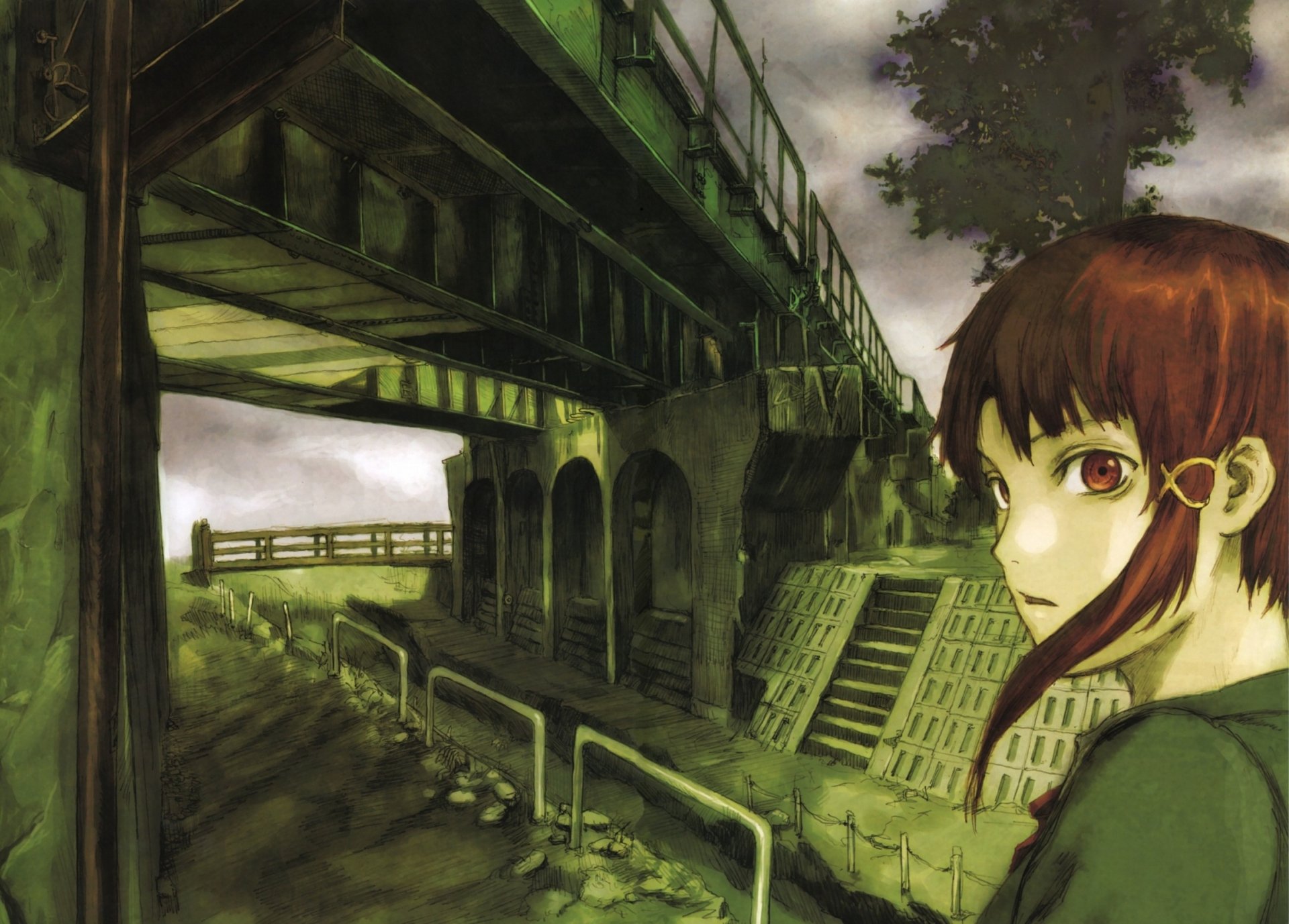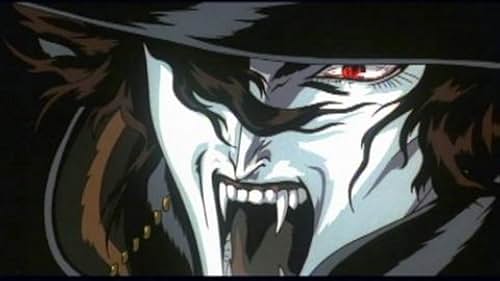High School DxD is a popular anime and light novel series that blends action, fantasy, and ecchi elements with an intricate narrative pulled from various mythological and religious sources. Its appeal goes beyond mere entertainment; it invites viewers to explore a world filled with demons, angels, and mythological beings, each inspired by a rich tapestry of lore from different cultures. The creators have ingeniously woven various mythological elements into unique characters and storylines, making the series a fascinating subject for exploration.
Inspiration from Various Mythologies
The characters in High School DxD are heavily inspired by various mythologies and religious texts. For instance, the character Issei Hyoudou, who serves as the protagonist, is a human who finds himself entangled in a world dominated by supernatural forces. His journey begins when he is resurrected by a demon named Rias Gremory. Rias herself is a character deeply rooted in the lore of demons, specifically reflecting elements from the hierarchy of angels and demons found in various religious texts. This thematic depth offers a unique perspective on good and evil, leaving viewers questioning the true nature of these moral constructs.
Mythical Characters and Their Roles
Aside from Issei and Rias, the series employs an array of characters derived from legends. For instance, characters like Azazel, who is based on the fallen angel, embody concepts of rebellion and the quest for power. Moreover, the incorporation of figures from various mythologies—like Norse gods and characters from Japanese folklore—adds a multicultural dimension to the series. Each character’s traits often parallel their mythological origins, allowing fans to delve deeper into their stories and draw connections between their favorite characters and the ancient narratives that inspired them. This rich character development not only engages viewers but also encourages them to explore the historical and mythological contexts behind these figures.
Thematic Depth and Story Arcs
The story arcs in High School DxD are often rife with themes revolving around battles between good and evil, the complexities of power dynamics, and the exploration of personal identity—which are all quintessential in mythological storytelling. As Issei navigates through his life as a high school student and a demon, he faces trials that echo the hero’s journey found in countless myths, where the hero must overcome obstacles to achieve personal growth and fulfillment. This age-old narrative structure resonates profoundly within audiences, fostering a connection between ancient myths and contemporary storytelling.
Engaging with the Fandom
For fans looking to connect more deeply with the series, the High School DxD Official Shop offers a variety of merchandise that celebrates its characters and themes. From apparel to figurines, fans can immerse themselves in the world of High School DxD beyond just watching the series. This not only allows fans to express their passion for the series but also creates a community that appreciates the intricate mythology and rich storytelling that the creators have worked hard to incorporate.
Conclusion
High School DxD is not merely a tale of epic battles and sultry encounters; it is a narrative that thoughtfully engages with a wealth of mythology and lore. By drawing upon various mythological inspirations, the series enriches its storytelling and character development, making it an intriguing subject of study. As fans engage with the series—whether through watching, discussing, or collecting through the High School DxD Official Shop—they find themselves not only entertained but also educated about the deep-seated mythology that lies beneath the surface. This multifaceted approach is what keeps High School DxD a staple in both the anime community and the world of mythological storytelling.





